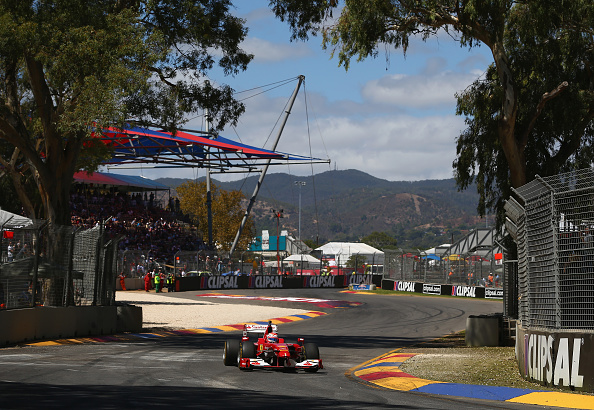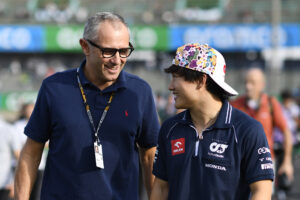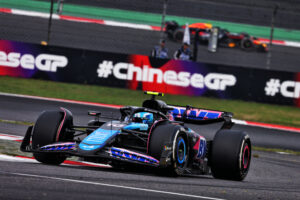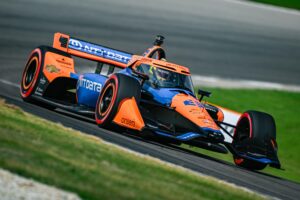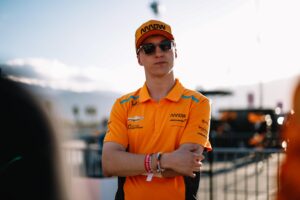As Formula 1 continues its global boom, which circuits would make great additions to the future F1 race calendar?
Formula 1 will travel to 24 – yes, 24 – different venues in 2023. However, as more dates are added to the F1 calendar, the less we are treated to some thoroughly decent circuits. Many of the modern F1 circuits lack the excitement and challenge for drivers, as well as the excitement and entertainment for viewers at home and in the grandstands. The question is which tracks should be introduced – or reintroduced – to the calendar?
The tracks listed are also scored in terms of their design, and therefore, entertainment value, and how likely they are in being added to any future Formula 1 calendar.
1 – Kyalami, South Africa
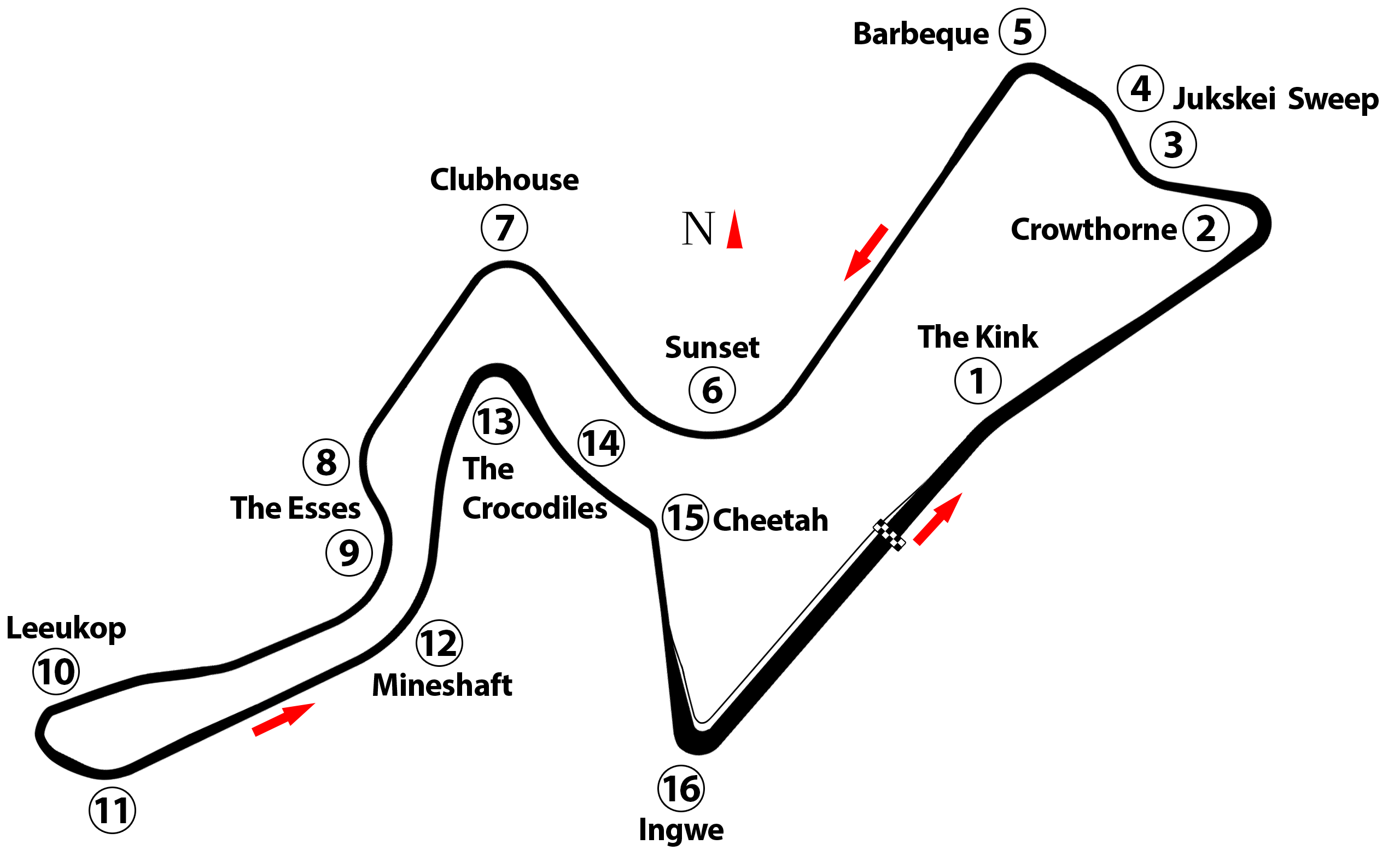
The original Kyalami was a thrilling circuit, hosting the South African Grand Prix between 1967 and 1985 before sanctions brought by apartheid ended its spell on the calendar. After the sanctions were lifted upon apartheid’s abolition, it returned for a two-year stint in 1992 and 93, on a renovated and redesigned circuit, eradicating the dangers of the old one. The circuit also hosted the first round of the now-defunct Grand Prix Masters, a series in which retired racing drivers returned to competitive action. Whilst the current layout perhaps lacks the exciting edge the original brought, it would be most welcome in Formula 1 today. Speculation is very much swirling around this very addition. F1’s CEO Stefano Domenicali has met Kyalami’s representatives about a return to the calendar, but so far no concrete agreement has been made as to whether when or if it will return.
Track: 7/10
Odds of Returning to F1?: 7/10
2 – Magny-Cours, France

Perhaps a slightly controversial choice, as the circuit was a logistical nightmare for teams, drivers and fans. But Mangy-Cours, whilst seemingly lacking identity and personality, was a fast and dynamic track which, in its 17 years, gave us plenty of action. The central location of the circuit made it susceptible to changeable weather, which often conjured some fantastic races. Most notably in 1999, when in treacherous conditions, Heinz-Harald Frentzen came through to win for Jordan, propelling him into the title race. In 2002, Michael Schumacher won his then-record-equalling fifth World Championship, after a battle with the young pretender in Kimi Raikkonen. And in 2004, after a slight redesign the year before, it was the scene of another Schumacher victory, his dominance and Ferrari’s intelligence enabling him to take victory on a four-stop strategy.
The circuit’s owners’ inability to afford hosting the race due to F1’s financial demands was a factor in why it has not been on the calendar since 2008. But with Paul Ricard now also off the calendar, and no other options a distinct possibility, could Magny-Cours find a way of ensuring the tradition of a French Grand Prix – it is a French word, after all – remains in Formula 1?
Track: 7/10
Odds of Returning to F1?: 4/10
https://www.youtube.com/watch?v=cL4dmfFN-Jg
3 – Sepang, Malaysia
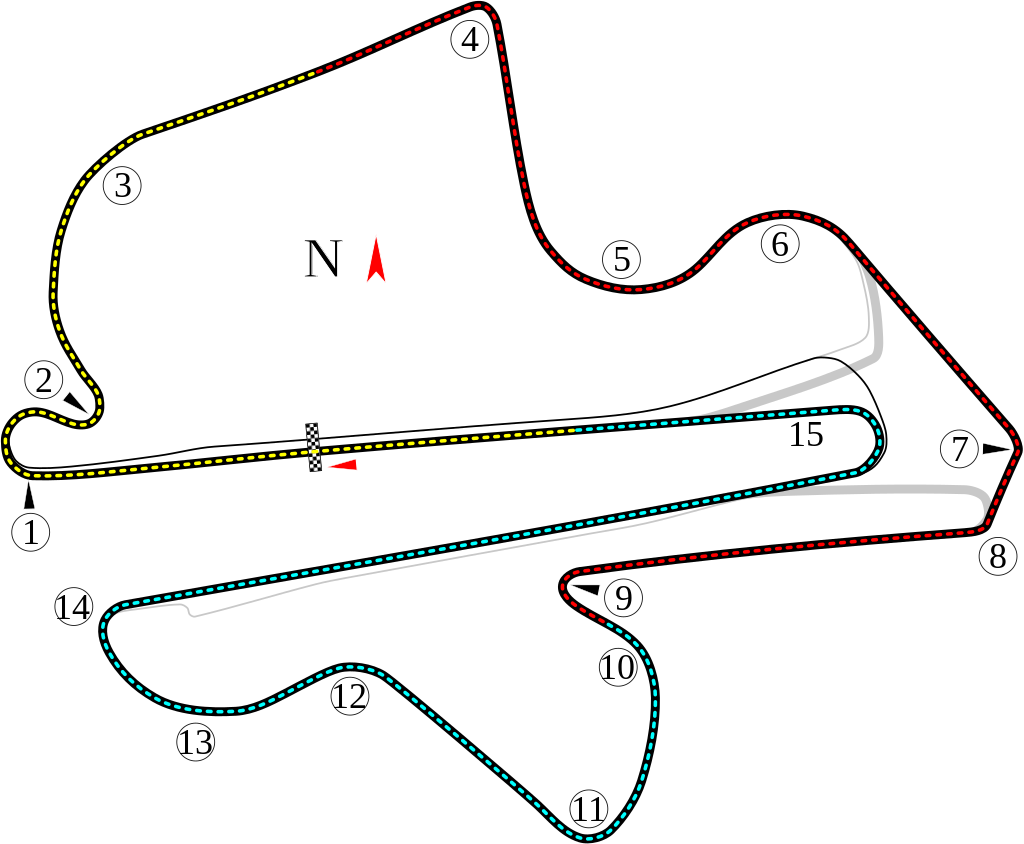
Hermann Tilke has, for many F1 fans, designed and redesigned some circuits that give one the effect that a bottle of sleeping pills have. The Sochi Autodrome, Valencia Street Circuit, Yas Marina, and the apparently sensible (which won’t always mean it’s fun) Hockenheim are just some of his worst. But it is worth noting that he has designed some excellent circuits, like Aragon in Portugal, Circuit of the Americas, and the Baku City Circuit. However, his finest achievement must be the Sepang Circuit in Malaysia, which appeared on the calendar between 1999 and 2017. With long straights, bookended by two slow but very wide hairpin bends, and a series of fast, sweeping corners in the middle, Sepang was, and still is, a popular venue with F1 fans.
Weather Challenges
Weather was also an aspect of the race, where oppressive humidity would be interspersed with tropic-style monsoons which could come and go with the snap of a finger. Notable instances of this were in 2009 when the race was abandoned and half-points given. And in 2001, when a deluge of biblical proportions caused the Safety Car to be deployed after many spun on what became a surface akin to a skating rink. Despite a strategical panic that left both cars in the pits for over a minute, Ferrari’s Michael Schumacher and Rubens Barrichello came through to complete an unlikely one-two.
Another infamous moment in Malaysia came in 2013, when the Red Bulls of Sebastian Vettel and Mark Webber were 1st and 2nd, with Webber leading. After being given the code “Multi-21” to signify that both cars must hold position, effectively handing Webber the win. Instead, Vettel chose to race, overtaking the Aussie resisting him for victory, leaving Webber unable to hide his incandescence in the “cool-down room” and in the post-race press conference.
Like Magny-Cours, Sepang also found rising costs hard to justify. But with Sepang strongly rumoured to take Russia’s place on the 2022 calendar, can it once again find its way back into the top level of motorsport?
Track: 8½/10
Odds of Returning to F1?: 7/10
4 – Adelaide Street Circuit
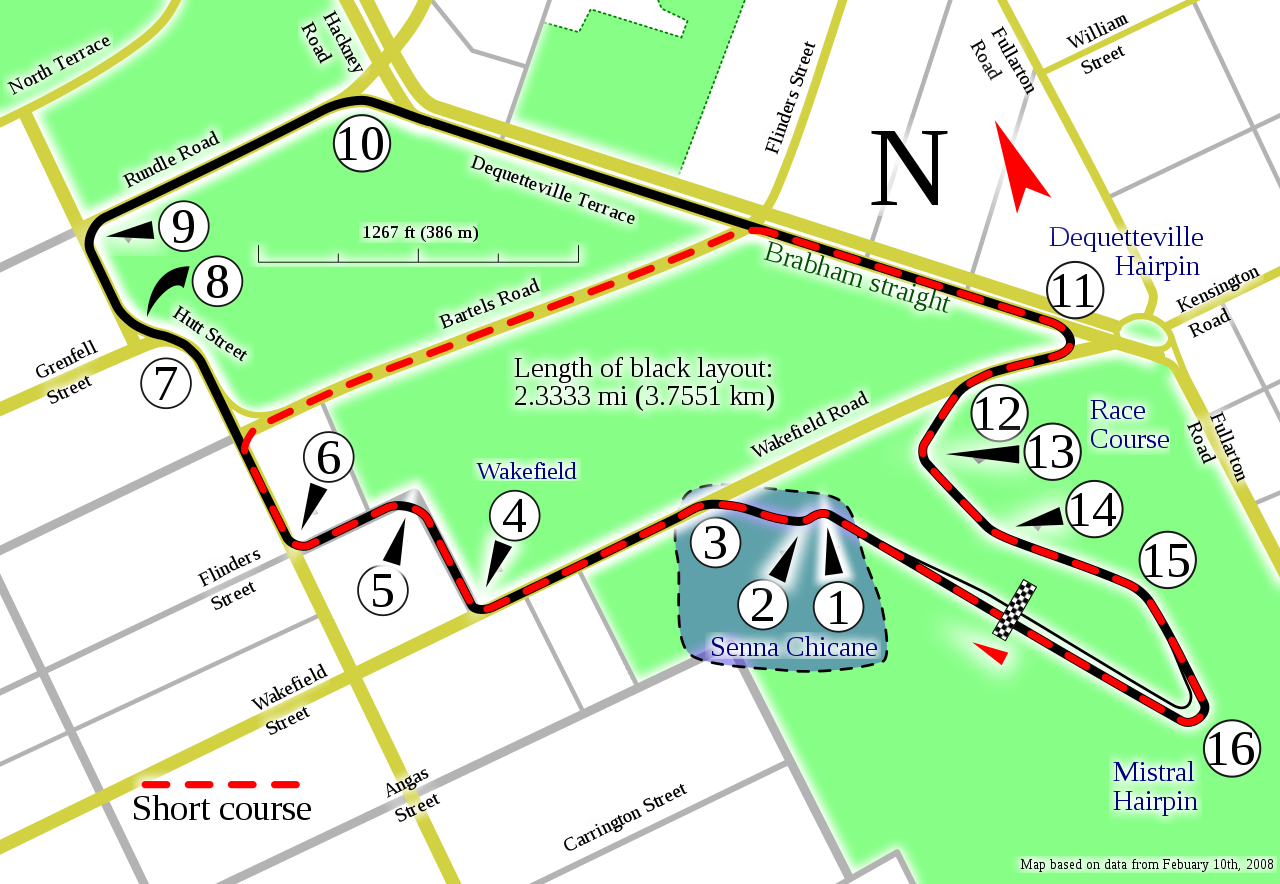
“A great place for the race” stated the posters from the tourist board, and they were right. Between 1985 and 1995, Adelaide staged some quite memorable Grands Prix, including two Championship deciders, two rain-affected races, the last win of Ayrton Senna’s career, and a win by two laps. The street circuit was challenging, with a variance in chicanes, fast and slow corners, and one long back-straight (perfect for a DRS zone), which was the best overtaking spot. There never seemed to be a dull race there, and 1986 was perhaps the most eventful.
Both Williams drivers of Nigel Mansell and Nelson Piquet, along with McLaren man Alain Prost, could win the championship. For much of the race, it seemed Mansell was going to claim the crown, but a massive tire blowout ended his chances. With Williams choosing to pit Piquet in order to allay fears of a similar problem, Prost, the unlikely candidate, came through to win his second Drivers’ Championship.
The track is often used still for Australian touring car championships, and therefore would still possibly be assembled for Formula 1 competition. However, there will be a necessity for upgrades, as the FIA’s current grading of the circuit is a Three, with Grade 1 circuits only suitable to host Formula 1 Grands Prix.
Track: 8/10
Odds of Returning to F1?: 2/10
5 – Laguna Seca
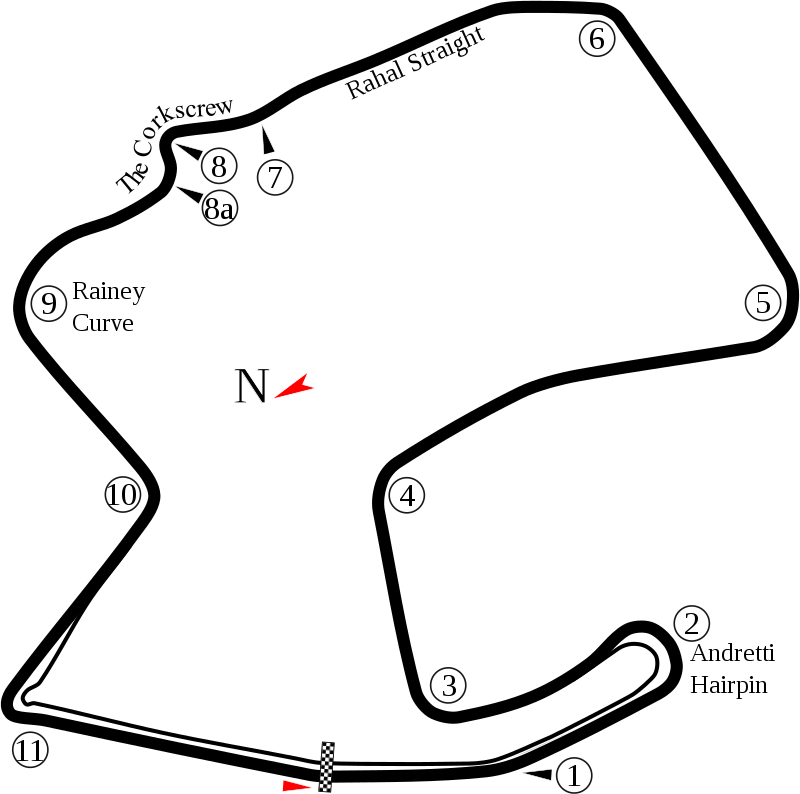
Regardless of the difficulties of getting this on the calendar, the reality is no barrier for a true petrolhead. If you truly love motorsport, you’d want Laguna Seca on the Formula 1 roster.
A short circuit – 2.2 miles – Laguna Seca, situated in California, is perhaps one of the best tests of a driver’s daring and nerve. It comprises a change of elevation that reaches 180ft, and its most famous turn is the Corkscrew, a plunging downhill chicane, perhaps made most famous by two-time CART Champion and former F1 driver, Alex Zanardi, after his sensational overtake on Bryan Herta (father of Colton) for the win in 1996. The circuit was also a focal point in a segment on BBC’s Top Gear, in which Jeremy Clarkson wondered if he could lap it in a Honda NSX quicker than he could in the exact same car in the video game Gran Turismo.
Laguna Seca has hosted virtually everything, from IndyCar racing (and all its variants), endurance races to top-level motorcycle racing, but except for exhibition runs, no F1 action has taken place there. The circuit is currently a Grade Two on the classification of the FIA, meaning that it would need to move up to Grade One for Formula 1.
Track: 8/10
Will it ever be in F1?: 4/10
What circuits do you think should be on the F1 calendar in the future? Let us know in the comments!


